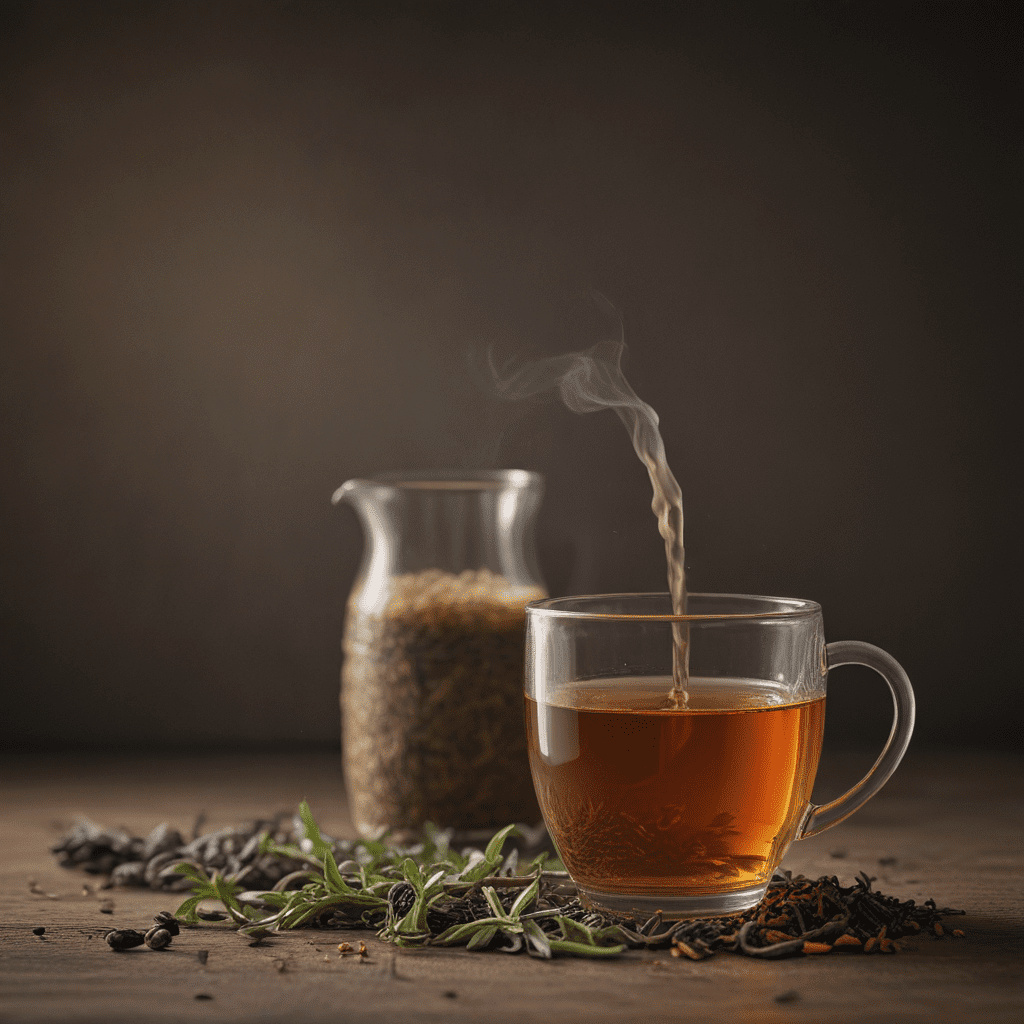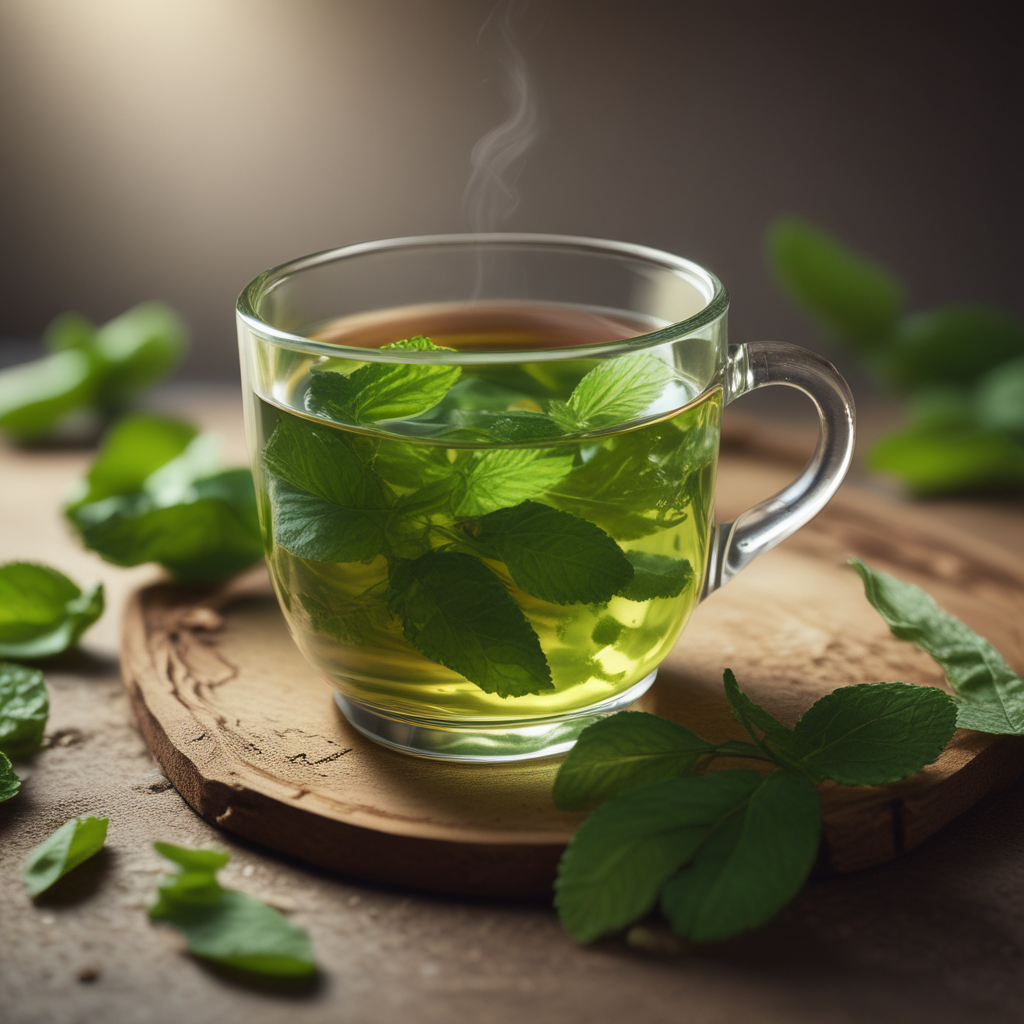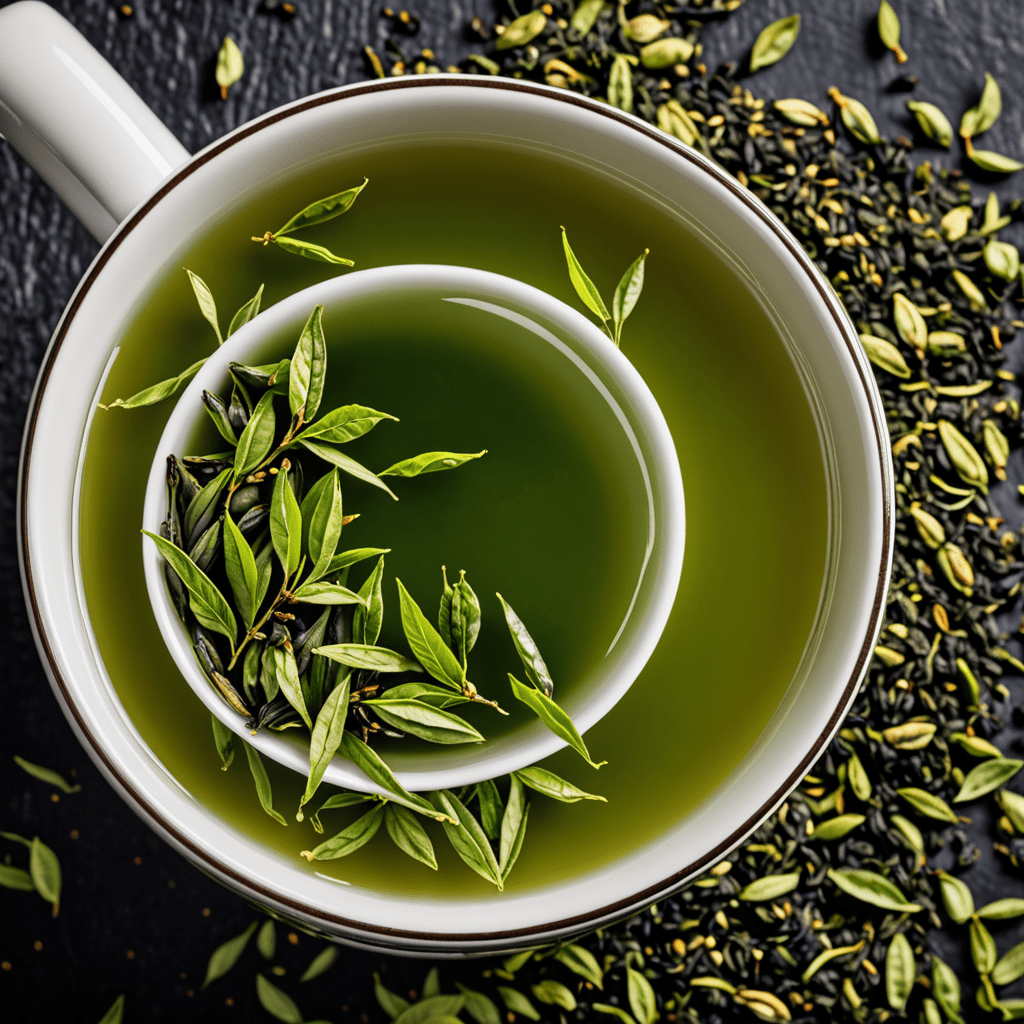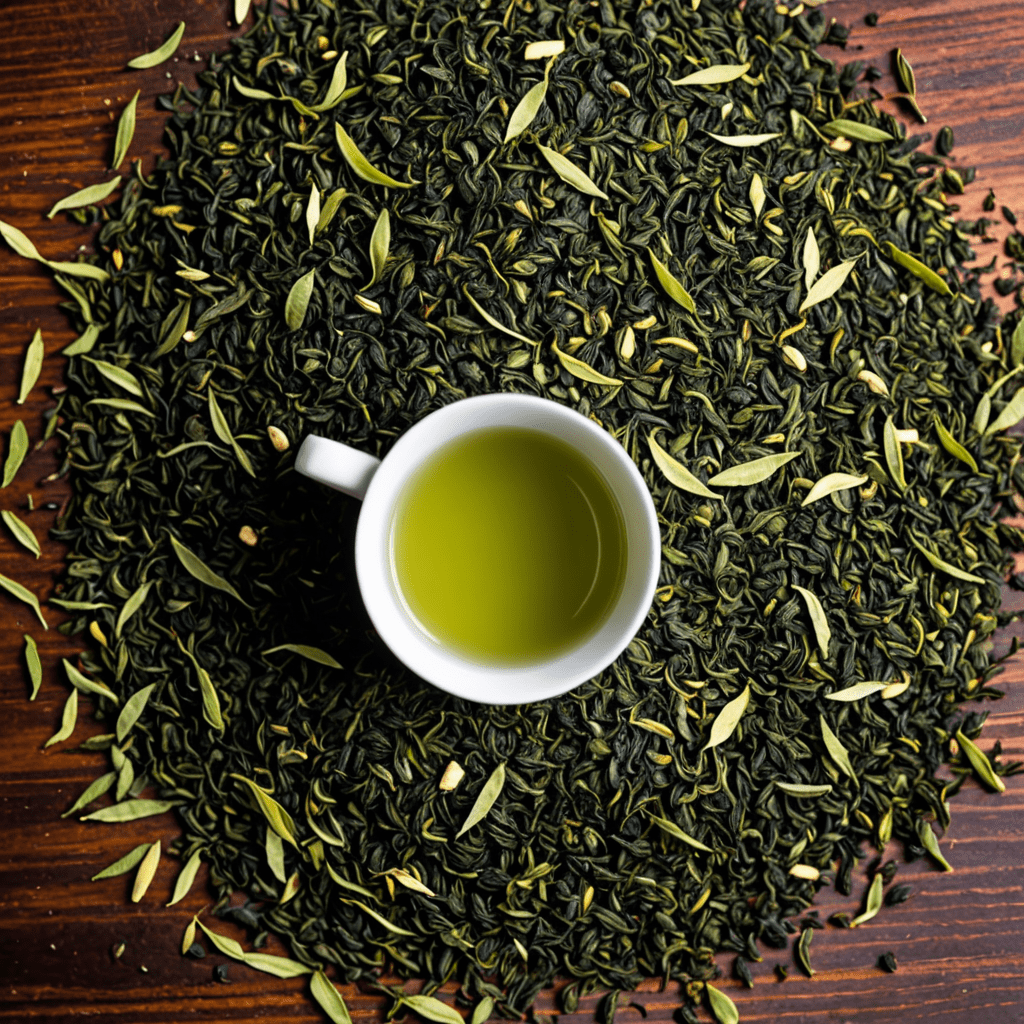
Darjeeling Tea: A Heritage in Every Sip
I. Introduction
Darjeeling tea, a celebrated beverage known worldwide, holds a unique place in the annals of tea history. Grown in the exclusive hill stations of Darjeeling, India, this exceptional tea has captured the hearts of tea enthusiasts for centuries. A combination of historical, geographical, and cultural factors has shaped the profound legacy of Darjeeling tea, giving it an esteemed reputation among tea connoisseurs.
II. Historical Origins: A Colonial Legacy
The origins of Darjeeling tea date back to the mid-19th century when the British East India Company began experimenting with tea cultivation in the Himalayan foothills. Recognizing the potential of the region's favorable climate and soil conditions, they introduced tea plants from China and established tea plantations in Darjeeling. The subsequent development of the tea industry in the region was largely driven by the efforts of British planters and laborers, who skillfully adapted traditional Chinese tea-making techniques to the unique conditions of Darjeeling.
III. Geographical Significance: The Foothills of the Himalayas
Darjeeling tea is cultivated in the northeastern Indian state of West Bengal, nestled amidst the serene foothills of the majestic Himalayas. The tea gardens are situated at an altitude ranging from 600 to 2,000 meters above sea level, providing the tea plants with an ideal environment to thrive. The steep slopes, well-drained soil, and abundant rainfall contribute to the distinctive characteristics and superior quality of Darjeeling tea. The tea bushes, meticulously cared for by skilled tea pluckers, bask in the warm sunlight and cool mountain breezes, absorbing the essence of the surrounding natural beauty.
IV. Terroir: The Unique Flavor Profile
The terroir of Darjeeling, a combination of geographical and climatic factors, plays a pivotal role in shaping the tea's exceptional flavor profile. The high altitude, well-drained soil, and ample rainfall create a unique microclimate that imparts delicate floral notes, a hint of spice, and a refreshing astringency to Darjeeling tea. The distinct flavor characteristics vary depending on the elevation and season of harvest, resulting in a range of teas, each with its own subtle nuances. Connoisseurs particularly value the first flush teas, harvested in the spring, for their delicate and aromatic qualities.
V. Cultivation: Sustainable Practices in the Tea Gardens
Darjeeling tea is renowned not only for its exquisite taste but also for its ethical and sustainable cultivation practices. The tea gardens are managed with utmost care to preserve the delicate ecosystem and maintain the integrity of the tea plants. Organic farming methods are widely adopted to minimize the use of pesticides and fertilizers, ensuring that the tea is not only delicious but also safe for consumption. The skilled tea pluckers, who harvest the tea leaves with precision and care, are trained to handle the plants with the utmost respect, ensuring the sustainability of the tea gardens for generations to come.
VI. Harvesting and Processing: Skilled Hands Preserve Traditions
The harvesting of Darjeeling tea is a delicate and time-honored tradition. Skilled tea pluckers, with their nimble fingers, carefully handpick the two youngest leaves and a bud from each tea bush. This meticulous process ensures that only the finest and most tender leaves are selected, contributing to the tea's exceptional quality. After harvesting, the leaves undergo a series of intricate processing steps, including withering, rolling, oxidation, and drying. These steps are carefully controlled to preserve the tea's delicate flavors and aromas, resulting in the distinctive characteristics that discerning tea drinkers have come to appreciate.
VII. Blending and Aging: A Mix of Art and Science
The blending and aging of Darjeeling tea are intricate processes that require a keen eye and a wealth of experience. Master blenders artfully combine teas from different gardens and harvests to create harmonious and balanced blends that showcase the unique characteristics of Darjeeling tea. The aging process, which can take several years, further enhances the tea's complexity and depth of flavor. Properly aged Darjeeling teas develop a rich, mellow taste with subtle nuances that delight the palate of even the most discerning tea connoisseurs.
VIII. Economic Impact: A Lifeline for the Local Community
Darjeeling tea cultivation plays a vital role in the economic well-being of the local community. The tea industry provides employment to thousands of people, including tea pluckers, factory workers, and administrative staff. The revenue generated from tea sales supports essential infrastructure and services in the region, such as schools, hospitals, and roads. Moreover, the reputation of Darjeeling tea has attracted tourism to the area, further boosting the local economy.
IX. Recognition and Accolades: Global Renown
Darjeeling tea has garnered worldwide recognition for its exceptional quality and unique flavor profile. It has been awarded numerous accolades, including the prestigious Geographical Indication (GI) status, which protects the tea's authenticity and origin. Darjeeling tea is highly sought after by tea enthusiasts around the globe and is considered one of the finest teas in the world. Its reputation for excellence has made it a staple in tea boutiques and upscale restaurants, where it is savored by discerning tea drinkers who appreciate its delicate nuances and refreshing taste.
X. Conclusion: A Timeless Treasure of Tea Tradition
Darjeeling tea stands as a testament to the rich history, geographical significance, and skilled craftsmanship that have shaped its legacy. From its origins in the mid-19th century to its present-day status as a globally renowned beverage, Darjeeling tea has captured the hearts and palates of tea enthusiasts worldwide. Its unique flavor profile, ethical cultivation practices, and economic importance make it a true treasure of tea tradition. As the world continues to appreciate the finer things in life, Darjeeling tea will undoubtedly remain a cherished beverage, enjoyed by generations to come.
FAQ (Frequently Asked Questions)
What is the best way to brew Darjeeling tea?
To fully appreciate the delicate flavors of Darjeeling tea, it is recommended to use freshly drawn, filtered water that is just below boiling (around 195°F or 90°C). Steep the tea leaves for 3-5 minutes, depending on the desired strength of the infusion.
What are the different types of Darjeeling tea?
Darjeeling tea is classified into three main types based on the time of harvest:
- First Flush: Harvested in March and April, known for its delicate and aromatic character.
- Second Flush: Harvested in May and June, characterized by a fuller body and more robust flavor.
- Autumn Flush: Harvested in October and November, offering a balanced and nuanced taste profile.
What are the health benefits of Darjeeling tea?
Darjeeling tea contains antioxidants and polyphenols, which have been linked to various health benefits, including improved heart health, reduced inflammation, and enhanced cognitive function. However, it is important to note that the specific health effects of tea may vary depending on individual factors.


